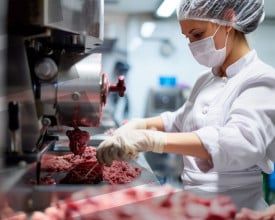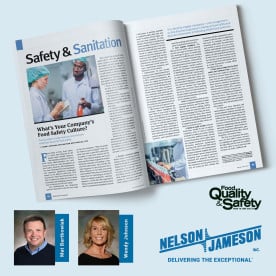Monthly Archives: January 2011
- January 27, 2011
E.coli infection occurs when a person is exposed to contaminated food, beverages, water, animals or person to person contact. The first sign of E.coli infection is sudden onset of abdominal pain and severe cramps, followed within 24-hours with diarrhea. The onset is typically three to four days after exposure to the bacteria. Most of these infections clear up on their own without treatment, but in some cases severe blood and kidney problems may occur 2 to 14 days after the onset of symptoms. Sometimes long-term disability or death in some children and older adults may occur. (www.webmd.com/a-to-z-guides/e-coli-infection-symptoms)
Causes:
- Eating under cooked ground beef, due to when they are slaughtered and processed, E.coli bacteria in their intestines can get on the meat. Ground beef often has bacteria spread throughout the mixture, not just on the
- January 20, 2011
This week’s foodborne illness blog is: Salmonella, which is called Salmonellosis. Every year approximately 40,000 cases are reported in the U.S., but the actual number
- January 13, 2011
On January 4, 2011, President Barack Obama signed the "FDA Food Safety Modernization Act" (aka S.510) into law. A recent article on foodsafety.gov by Margaret A. Hamburg,
- January 07, 2011
Recently, it was stated in several news reports that, annually, 1 out of 6 Americans become ill from foodborne diseases, which equates to 48 million people. Out of 48 million





